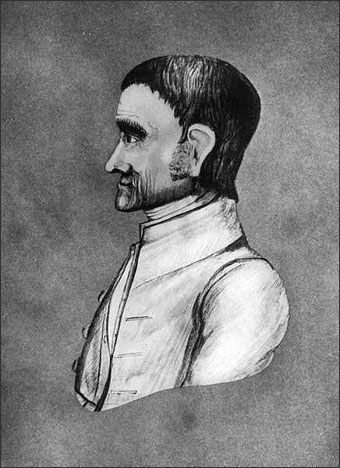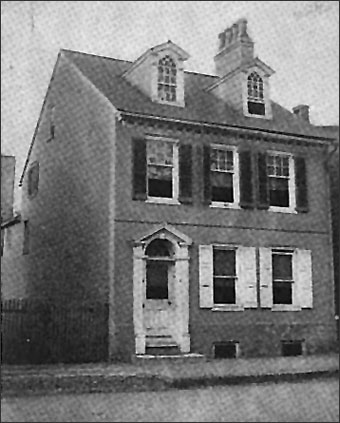
The Quakers continued to face persecution as they arrived in the New World. They were banished by the Puritans from the Massachusetts Bay Colony. In New Amsterdam, they were arrested, imprisoned, and flogged. A few were executed by the Puritans. There were only a few safe havens offered for them to practice their religion openly. States like Delaware, North Carolina, Rhode Island, Maryland, and New Jersey were founded on principles of religious freedom. Pennsylvania was founded specifically by William Penn as a place for Quakers to live and practice their faith.
Quaker beliefs were extremely radical during colonial times. They actively pursued equal rights for both men and women. Children were born without original sin. In early days, advanced education was frowned upon. One of the larger beliefs was the abolition of slavery. Very early in 1688, Quakers started to change their views on slavery. During the Revolutionary War, Quakers worked at freeing slaves. Societies were created for the promotion of freeing slaves.
Simplicity is also one of the fundamental beliefs of the Quaker sect. They believed in the testimony of simplicity. Their foundation in character and fundamental spirituality was paramount to the quantity of goods they possessed or the money they owned. Traditional simplicity extended to their plain clothes they wore. Early Quakers also practiced plainness in speech by not using salutations, instead using "thee" and "though". They also rejected using the names and days of the month due the the Pagan roots of the names.
One of the most influential and simplistic men to emerge from this faith was John Woolman. The method in which he led his entire life was quintessential Quakerism. His journal published in 1774 touched both Quaker and non-Quaker readers with its "exquisite purity and grace". It is truly a Quaker classic of the inner Light.
John Woolman was born in 1720 on a farm on Rancocas Creek in New Jersey. The schoolhouse he attended with Quaker and Indian children was twenty square feet. His father was a farmer. His grandfather, also John Woolman, was one of the earliest settlers in the area. The great Quaker city of Philadelphia was only twenty miles away.

The shop where John Woolman worked
Woolman was married to Sarah Ellis on October 18, 1749 in Chesterfield, New Jersey. There is little record of her in his journal, although letters show that she was never in robust health. They had one surviving child, Mary, born December 18, 1750. The John Woolman Memorial house located on 99 Branch Street was built for her just when he set sail for England in 1772.
In 1754 Woolman wrote Some Considerations on the Keeping of Negroes. During these years he took up residence in Philadelphia in a natural cave with some slight additions. He drank flowing spring water and ate vegetables. He refused to wear any clothing derived from animals. He visited various meetings for worship to preach his slavery convictions. He was thrown out of one of those meetings by a burly blacksmith.

John Woolman house built for Mary in 1771
By 1756, John Woolman began his famous Journal, truly a classic in English literature. It is said that other than the Bible it is the longest published book in the history of North American. It was first published by Joseph Crukshank, a Philadelphia Quaker printer.
John Woolman's last journey to speak against slavery took him back to England in 1772. He preached at various Meetings in England. It was in York where he took ill with smallpox and died on October 7, 1772, less than a month after his last entries were made in his journal.
Colonial Sense brings to you the journal of the quintessential Quaker, John Woolman. This plainness in writing, plainness in speech, epitomizes the Quakers teachings of Colonial America.
Source: Overview by Bryan Wright




